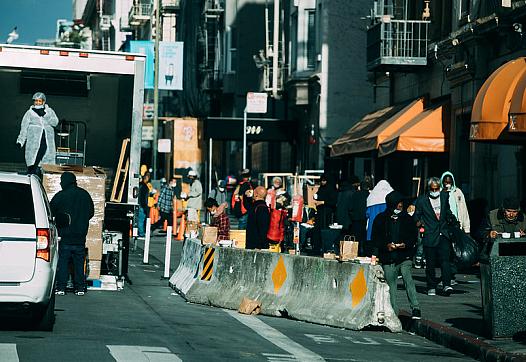
Despite red flags, the city was slow to come up with a COVID-19 response targeting the Latinx community.

Despite red flags, the city was slow to come up with a COVID-19 response targeting the Latinx community.
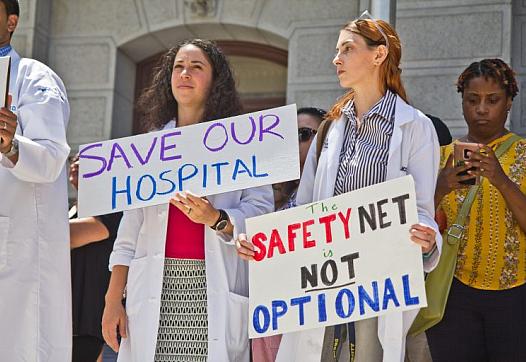
The city has long struggled to make progress in improving the health of mothers and newborns. Do these shutdowns lead to worse care?
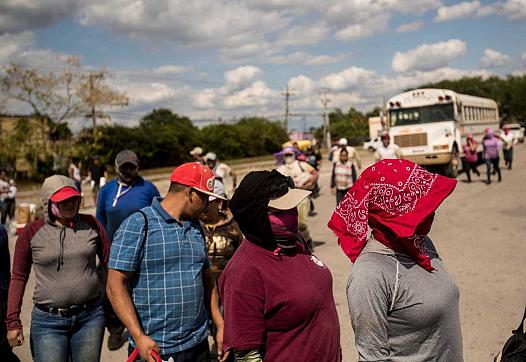
What has the pandemic changed about the lives of children of farmworkers in Florida?
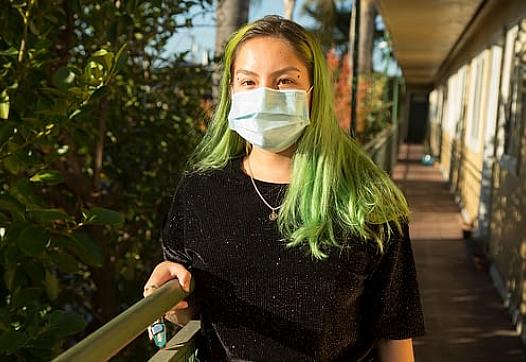
This story was produced by Ida Mojadad, a participant in the 2019 Data Fellowship, who is investigating the efficacy of the health access program Healthy SF in San Francisco.
Her other stories include:
Workers may get cash payout from medical reimbursement accounts
Millions left sitting in medi
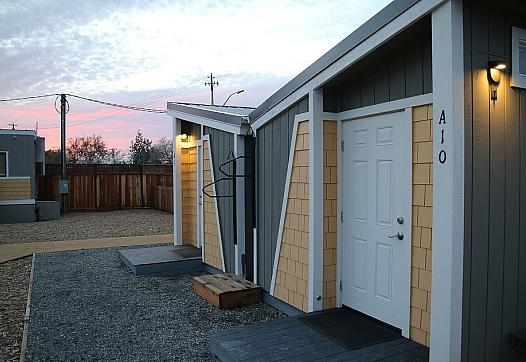
“If we really cared, we would be getting the housing,” said Dr. Margot Kushel, a professor at UCSF. “Everything else follows.”
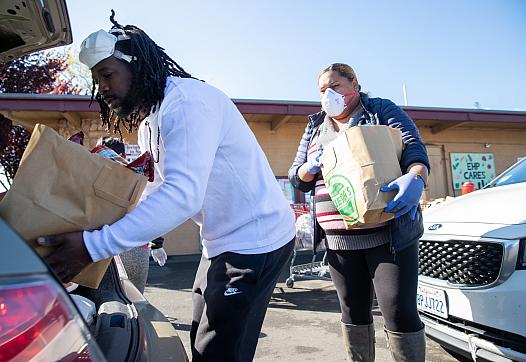
In Silicon Valley, the pandemic has exacerabated long-running inequities between places such as Atherton and East Palo Alto.

In our highly connected world, abusers use technology against victims to monitor, threaten, harass, and hurt them.

In recent years, the jail has also seen the number of deaths in custody tick upward. Most of those deaths are suicides, a category of deaths some jail experts have deemed “mostly preventable.”
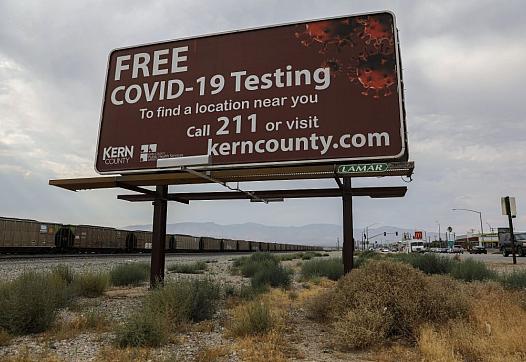
How did a county that ranks 11th among California counties in population end up with the second-highest COVID-19 case rate per capita in the state?
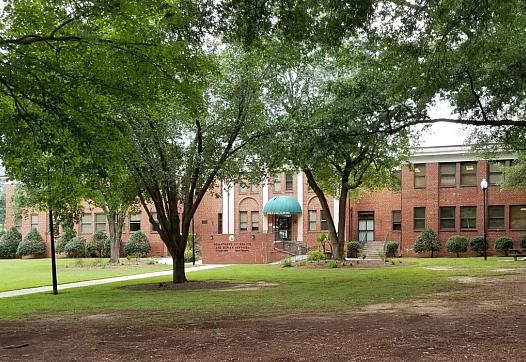
The lack of consistency in screening abuse reports is concerning enough for state legislators to consider changes to North Carolina’s system.